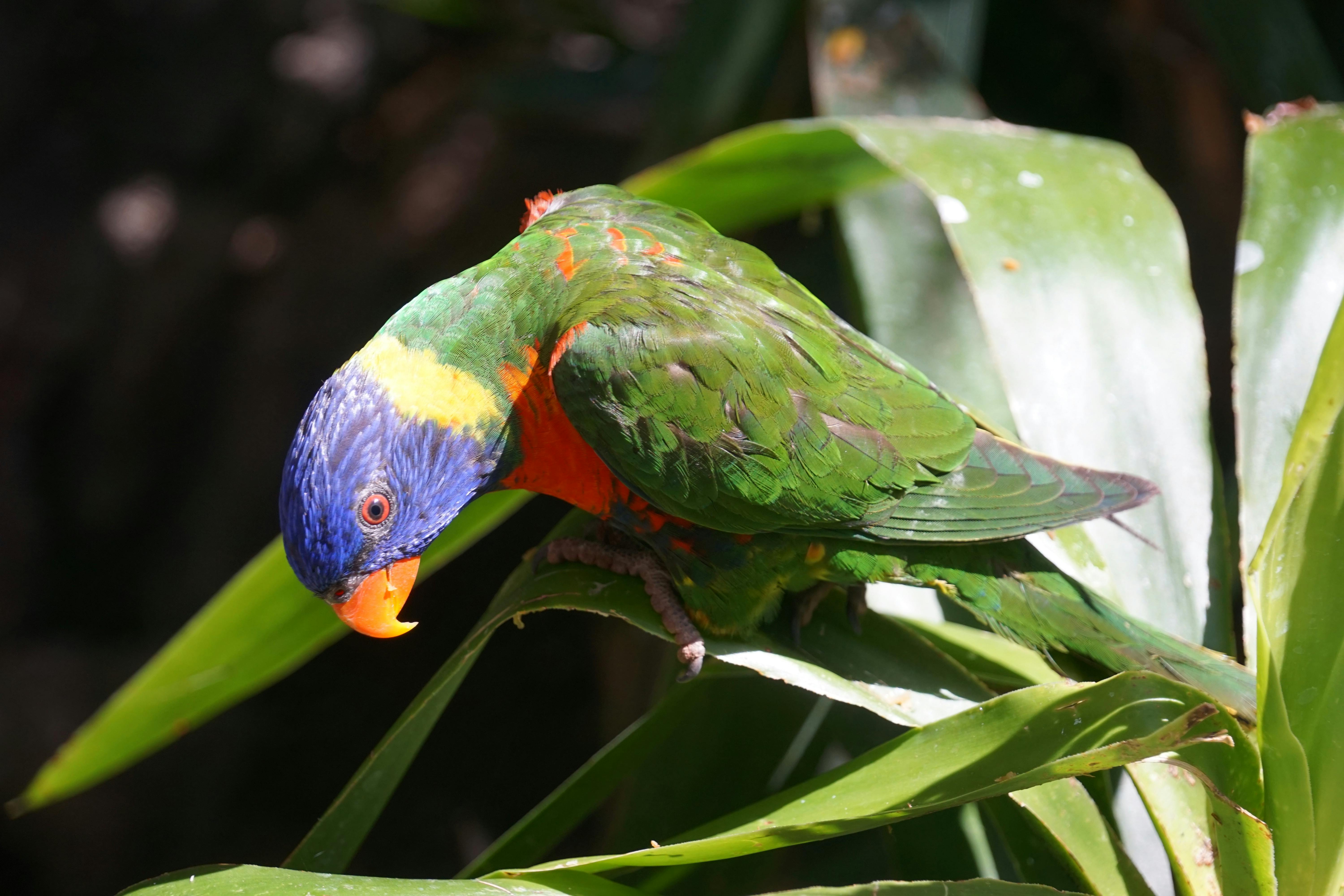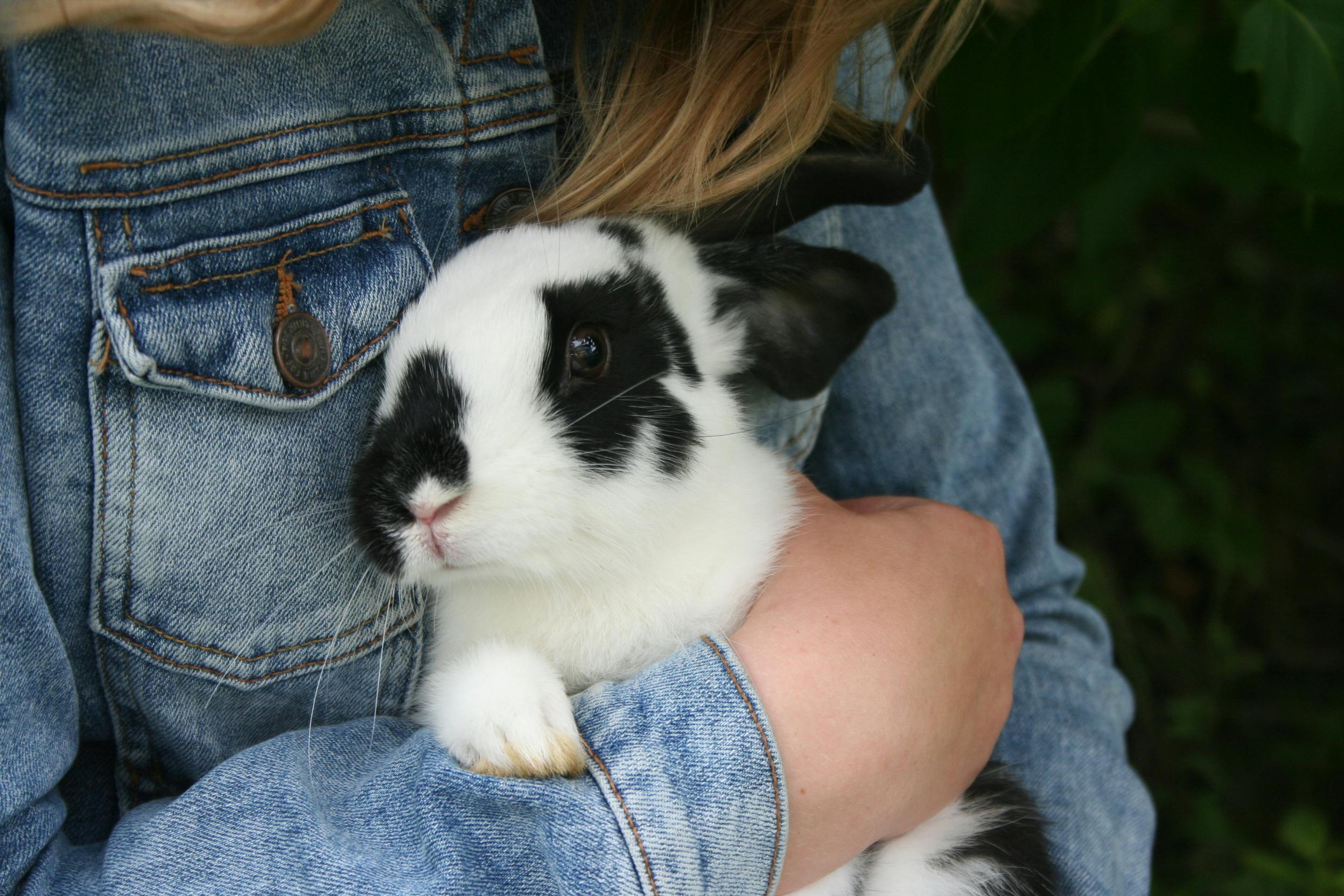
Effective Ways to Care for Giant Angora Rabbits in 2025
The giant angora rabbit, known for its exquisite fluffy fur and gentle temperament, has become a favored pet among rabbit enthusiasts and families alike. Caring for a giant angora requires a comprehensive understanding of its unique needs, particularly regarding grooming, feeding, and housing. As oversized breeds, giant angoras need special attention to maintain their health and ensure their happiness.
In this article, we will explore effective care techniques tailored specifically for giant angora rabbits in 2025. We will cover essential grooming techniques, feeding guidelines, and housing requirements that align with the latest best practices. Moreover, we will address common health concerns and provide tips for successful training and socialization, ensuring a holistic approach to angora rabbit care.
By the end of this article, you will have a clear roadmap for maintaining the health and wellness of your giant angora. Whether you’re a seasoned rabbit owner or considering adopting one for the first time, these insights will help you create a suitable environment for your fluffy companion.
Key Takeaways: Proper care of giant angoras encompasses quality grooming, a balanced diet, secure housing, and social interactions to nurture their well-being.
Understanding Giant Angora Rabbit Characteristics
Giant angora rabbits are a remarkable breed that displays unique physical characteristics and temperaments, making them desirable for both companionship and show purposes. These rabbits typically weigh between 9 to 12 pounds, falling under the large rabbit size category. Known for their incredible fur, which can grow up to 12 inches long, they require a commitment to grooming and fur maintenance.
In terms of personality, giant angoras are generally docile and friendly, making them excellent companions for families. Their calm demeanor allows them to adapt well to various environments, provided they receive adequate attention and love. Understanding these traits is essential for potential owners, as it aids in building a suitable living and emotional environment for the rabbits.
Additionally, knowing the breed standards for angoras can assist in distinguishing purebred specimens from mixed-breed rabbits. Recognizing physical traits like ear size, body shape, and fur quality is fundamental when considering whether to adopt or breed giant angoras.
This understanding of angora rabbit characteristics sets the stage for discussing their care requirements more effectively.
Essential Grooming Techniques for Fluffy Angora Rabbits
Caring for the angora rabbit’s luxurious fur is a significant aspect of maintaining their health. Due to their long, dense coat, regular grooming is crucial to prevent matting and to keep the rabbit comfortable. Grooming also helps in minimizing the ingestion of fur during self-grooming, which can lead to digestive issues.
Professional grooming tools for rabbits, such as slicker brushes and combs, are highly recommended for maintaining the silky texture of their fur. Establishing a regular grooming schedule — ideally every few days — will help you manage their coat effectively. It's also important to conduct a thorough grooming session at least once a month to address any tangles or knots in their fur.
When grooming, be gentle and aware of sensitive areas such as around the ears and the belly. Additionally, teaching your giant angora to tolerate grooming from an early age will aid in making the process easier for both you and your pet.
Incorporating grooming into quality bonding time can further improve the experience for your rabbit, making them more comfortable with the process.
This naturally leads us to discuss practical feeding strategies for giant angoras, which are vital for their health and energy levels.
Feeding Guidelines for Giant Angora Rabbits
Proper nutrition is paramount for the well-being of giant angora rabbits. Their diet must reflect their needs as large breed rabbits with an active lifestyle. A balanced diet primarily consists of high-quality hay, fresh vegetables, and a measured amount of pellets designed for oversized rabbits.
Feeding oversized rabbits a variety of leafy greens, such as romaine lettuce and kale, ensures they receive vital nutrients. Furthermore, it is crucial to monitor the rabbit's weight to avoid obesity, which can be a significant concern in larger breeds. Therefore, following a regular feeding schedule can help regulate their food intake and prevent overindulgence.
Additionally, it is beneficial to provide a small quantity of treats, including approved fruits, to reward good behavior or during training sessions. However, these should be given sparingly to maintain a balanced diet and avoid upsetting their digestive system.
Expert recommendations suggest introducing dietary changes gradually, allowing the rabbit’s system to adapt without causing gastrointestinal issues. Considering their distinctive feeding habits will aid in better understanding your angora rabbit's specific nutritional needs.
With the feeding guidelines established, it’s essential to transition into discussing housing requirements that cater specifically to giant angora rabbits.
Housing Requirements for Giant Angora Rabbits
Creating a suitable living environment for your giant angora rabbit is crucial to their overall health and happiness. These large breed rabbits require ample space to roam, explore, and exercise. Therefore, selecting a housing option that accommodates their size and activity level is vital.
Rabbit housing should be secure, well-ventilated, and free from drafts. The ideal living space consists of a large, sturdy enclosure or hutch with enough room for the rabbit to stand upright on its hind legs. Additionally, their habitat should include hiding spots, like tunnels or boxes, where they can feel safe and secure.
While indoor housing is preferable for giant angoras as it protects them from predators and extreme weather conditions, many owners find it beneficial to provide exercise time outdoors in a safe, enclosed area. This ensures that they get adequate physical activity, which is crucial for remaining healthy and happy.
Regular cleaning of the housing area is also a part of maintaining rabbit hygiene; a clean environment can help prevent common health issues, such as respiratory infections caused by ammonia buildup from urine.
With a solid understanding of rabbit housing requirements, we can delve into common health concerns and how to manage them effectively.
Common Health Concerns for Giant Angora Rabbits
Awareness of potential health issues is essential in providing appropriate care for giant angora rabbits. Common health concerns include dental issues, obesity, and skin problems due to their dense fur. Regular veterinary check-ups are crucial to ensure their health and prevent these issues.
Moreover, signs of illness, such as changes in appetite or activity level, should not be overlooked. Early detection can often lead to more effective treatment. Maintaining rabbit health also involves implementing a proper grooming routine to prevent matting and skin irritations that can lead to infections.
Know that certain giant angora characteristics, such as their long fur, can predispose them to specific conditions like heat stress. Therefore, it’s vital to monitor their environment, especially during warmer months, ensuring they have access to cool areas and fresh water.
Another common concern is gastrointestinal stasis, which can occur due to dietary imbalances. Providing sufficient fiber through hay and monitoring their eating habits are essential in preventing this serious condition.
Understanding the primary health issues that may affect giant angoras can help you prepare to counteract them effectively. This information seamlessly leads into exploring training and socialization techniques that can enhance your angora's quality of life.
Training and Socialization for Giant Angora Rabbits
Training and socialization play crucial roles in developing a well-adjusted giant angora rabbit. These intelligent creatures benefit from positive reinforcement training, which strengthens their bond with owners and helps establish desired behaviors. Simple commands can be taught using treats and patience, creating an engaging training experience for both the rabbit and the owner.
Regular interaction and playtime will also enhance your rabbit's social skills. Ensuring they have opportunities to interact with humans and potentially other companion animals can promote healthy social behaviors. It’s essential to supervise these interactions to monitor for compatibility and safety.
As part of the training process, introducing angora rabbits to toys can stimulate their minds and encourage physical activity. Offering a variety of interactive toys can keep them entertained and help satisfy their natural curiosity.
Moreover, creating a consistent routine can significantly benefit a giant angora's adaptability, helping them feel more secure in their surroundings. Establishing designated playtimes and meals allows them to predict their day, contributing positively to their overall behavior.
This understanding of training and socialization techniques aids in ensuring your giant angora rabbit has a fulfilling and enriched life, rounding off our comprehensive guide on their care.
Conclusion: Fostering the Well-being of Your Giant Angora
Caring for giant angora rabbits is an enriching experience that involves understanding their unique needs and characteristics. From grooming and feeding to housing and training, each aspect contributes significantly to their overall well-being. By adopting best practices for angora rabbit care and maintaining a proactive approach to health management, rabbit owners can foster a rewarding relationship with their fluffy companions.
As you embark on your journey with a giant angora, remember to stay informed, connected with the rabbit community, and most importantly, enjoy the delightful presence of your oversized friend.

